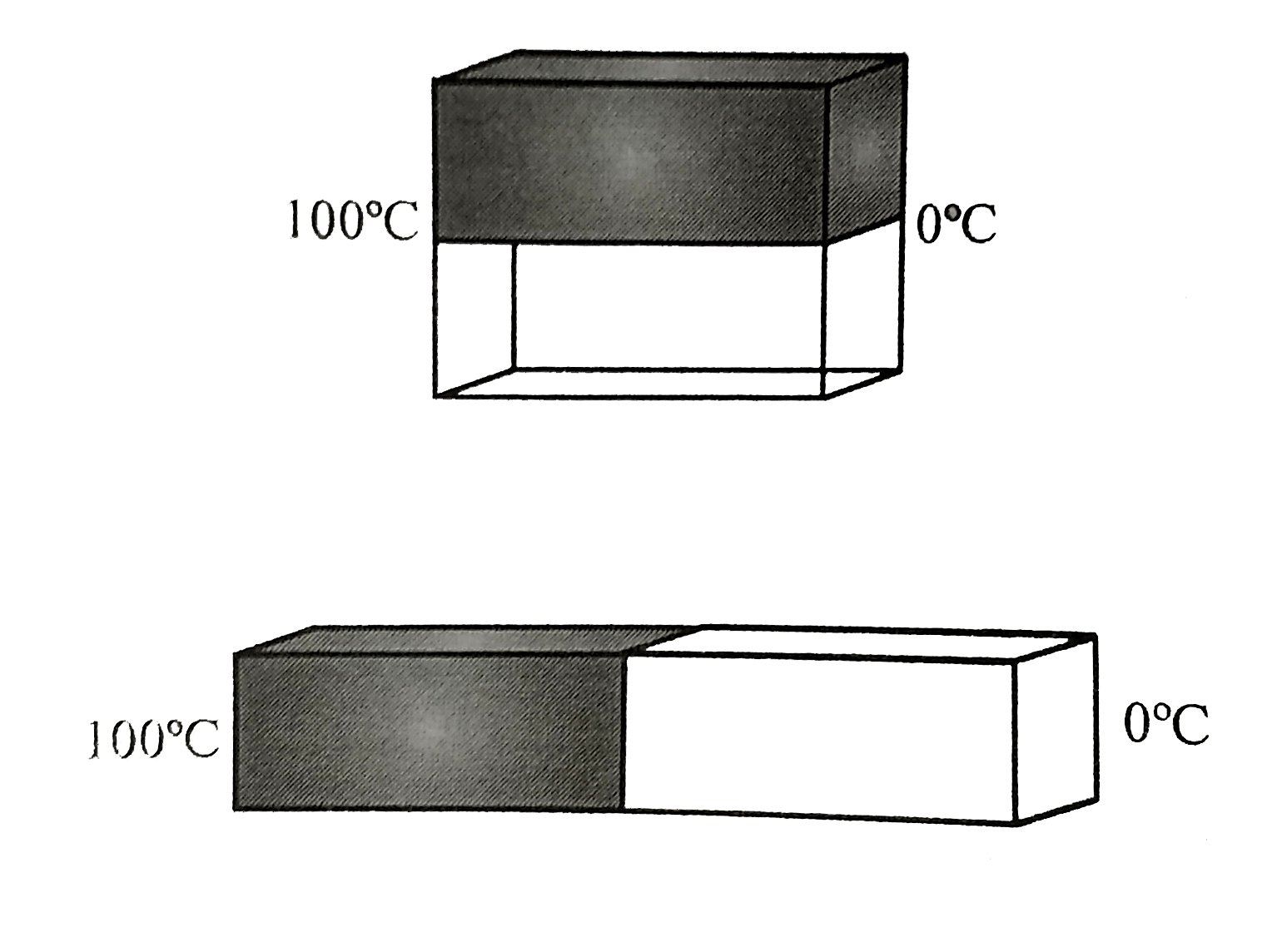A metallic rod is continuously heated at its two ends, the flow of heat through the rod does not depend upon :
The area of cross-section of the rod
The mass of the rod
time
The temperature gradient
The correct Answer is:B
Similar Questions
Knowledge Check
The heat or rectin does not depend upon :
ANumber of steps in which the reaction is carried outBTemperature at which the reaction is carrired outCphysical state of reactant and productsDWhether the reaction the reaction is carried out at constant pressure or at constant volumeIf the end of metal rod is heated then the rate of flow the heat does not depend on
Aarea of end of the rodBmass of the rodCtimeDtemperature gradientA cylindrical metallic rod in thermal contact with two reservation of heat at its two ends conducts an amount of heat Q in time t. The metallic rod is melted and the material is formed into a rod of half the radius of the original rod. What is the amount of heat conducted by the new rod when placed in thermal contact with the two reservation in time t?
AQ/4BQ/16C2QDQ/2
Two rods A and B are of equal length. Each rod has the ends at temp T1 and T2 . What is the condition that will ensure equal rates of flow of heat through the rods A and B ?
View SolutionA cylindrical metallic rod in thermal contact with two reservation of heat at its two ends conducts an amount of heat Q in time t. The metallic rod is melted and the material is formed into a rod of half the radius of the original rod. What is the amount of heat conducted by the new rod when placed in thermal contact with the two reservation in time t?
View SolutionA brass rod is in thermal contact with a heat reservoir at 127∘C at one end and a heat reservoir at 27∘C at the other end. Find the total change in entropy arising from the process of conduction of 1200 cal of heat through the rod. Does the entropy of the rod change?
View SolutionTwo identical rectangular rods of metal are welded as shown in figure (1) and 20J of heat flows through the rods in 1min. How long would it take for 20J heat to flow through the rods if they are welded as shown in figure (2)

View SolutionA cylindrical metallic rod in thermal contact with two reservoirs of heat at its two ends conducts an amount of heat Q in time t. The metallic rod is melted and the material is formed into a rod of half the radius of the original rod. What is the amount of heat conducted by the new rod, when placed in thermal contact with the two reservoirs in time t?
View Solution

